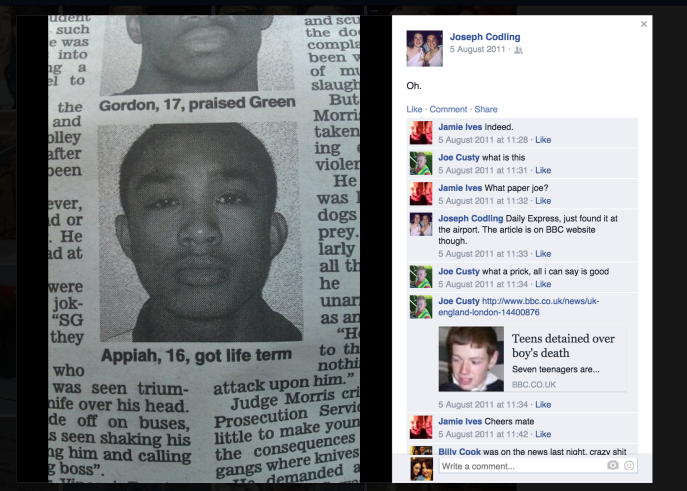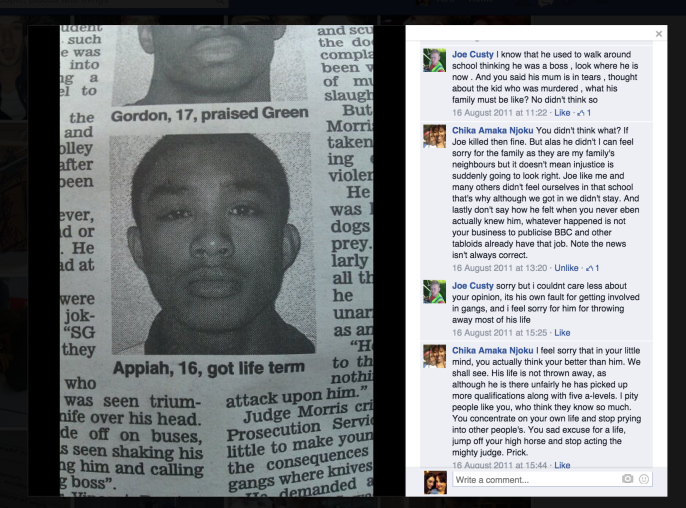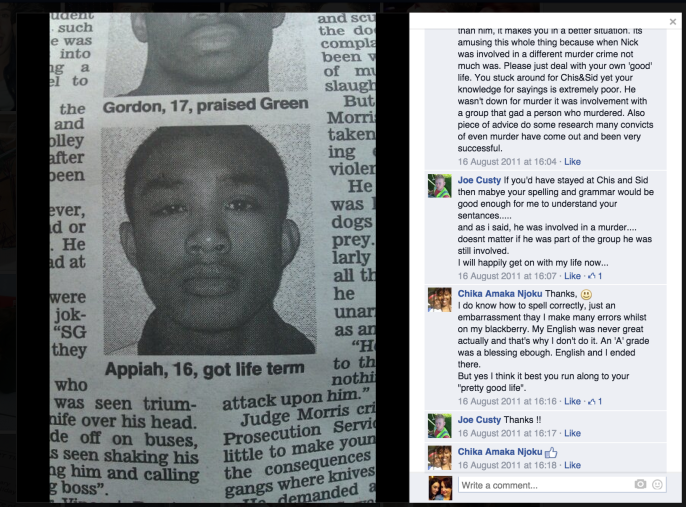
Probable premeditated murderer of Andrew and murder of Zachary, Shirley pictured with Zachary, the child of Shirley and Andrew.
I decided to watch the documentary ‘Dear Zachary’, made in 2008 by Kurt Kuenne, as part of my research to gain an understanding of how a murderer is portrayed in a modern documentary. Kuenne informs us in the narration of ‘Dear Zachary’ that the documentary started life as a film being made my Kuenne to honour the memory of his late best friend, Andrew Bagby, who was found shot dead with the main suspect being his ex-girlfriend, Shirley Turner, pictured with their child above. The documentary turned into a film for his Son, Zachary, pictured, when Kuenne discovered that Shirley was pregnant during the course of the documentaries making. After Shirley murdered Zachary, the documentary became a message to Andrews parents; to inform them that they are strong people and not alone.
I found that because of the nature of this documentaries conception, that the documentary was bias against Shirley and Kuenne painted her to be evil. On multiple occasions Kuenne referred to Shirley as ‘the devil’. The public comments posted on news articles, clips of this documentary and the full documentary majority proclaim that the actions of Shirley Turner were despicable. Public comments can be found if you click through this link of the full documentary available on youtube:
Professor Robert Hare is a criminal psychologist and the developer of ‘PCL-R’ which is a psychological test to assess whether someone is a psychopath. I found a full list of the assessments criteria here; http://www.telegraph.co.uk/culture/books/10737827/Psychopaths-how-can-you-spot-one.html. The criteria of being a psychopath, according to ‘PCL-R’ is; glibness and superficial charm, grandiose sense of self-worth, pathological lying, cunning/manipulative, lack of remorse, emotional shallowness, callousness and lack of empathy, unwillingness to accept responsibility for actions, a tendency to boredom, a parasitic lifestyle, a lack of realistic long-term goals, impulsivity, irresponsibility, lack of behavioural control, behavioural problems in early life, juvenile delinquency, criminal versatility, a history of “revocation of conditional release” (ie broken parole), multiple marriages, and promiscuous sexual behaviour.
Shirley’s childhood was not touched upon and her turbulent relationships with former partners only mentioned in passing. Shirley does fit the criteria in the sense that she had multiple marriages. In the footage Kuenne has found of her for the documentary she is constantly touching and grinding on Andrew, actions that could be counted as ‘promiscuous sexual behaviour’. Many interviewees in the documentary mention her glibness and superficial charm and cunning. The ‘Turner Review and Investigation’ which can be found online here; http://www.childandyouthadvocate.nf.ca/pdfs/turner-v1.pdf, states that Shirley had scholarships lined up for her children but spent the money on her own education on an impulse. Which suggests impulsivity and a lack of empathy for her children. She stated that she was not worried about the spend as she would earn ‘big-money’ which implies a grandiose sense of self worth. During her medical residency Shirley’s supervisor has this to say on Shirley’s performance:
I felt I was being manipulated whenever I spoke with Shirley Turner. When negative items would come up she would change the topic to one of my failings. She could be charming, friendly and lively but when caught in an untruth she would become angry, accusatory and loud. I always felt Shirley Turner was putting on a show, as if she were playing the role but had no feeling for her work. I cannot recall a trainee like Shirley Turner in that her approach lacked personal commitment and her relationships with people seemed, at least to me, to be superficial when compared to the over 400 residents I have supervised during the past 21 years.
Markesteyn, P.H and Day, D.C, 2006. Turner: Review and Investigation. USA: Child and Youth Advocate.
In 1999 Shirley Turner attempted suicide on the doorstep of a former partner. According to the Turner Review she consumed 65 milligrams of over-the-counter drugs in a suicide attempt that seemed serious.
This part of my research has made me realise that Shirley Turner could have been mentally unwell and potentially a psychopath. I am of the opinion that Shirley’s actions were malicious and cruel, but the documentary too readily painted Shirley as evil and did not examine that she could have been mentally unwell to much depth. I am of the opinion after this research that a documentary should have a duty to try give a balanced critique of the characters that the documentary is portraying. I understand that the point of the documentary was to honour a family that the filmmaker loved dearly, but believe that writing a potentially mentally ill woman off as evil is an unfair depiction of character. A documentary is a medium that the public generally believes will inform them of the facts, and as a popular documentary will dictate the way in which the majority of the people that have heard of Shirley Turner will think of her, creating a false depiction of her character could be seen as immoral.
Dear Zachary, 2008. Film. Directed by Kurt Kuenne. USA: Kurt Kuenne.
Markesteyn, P.H and Day, D.C, 2006. Turner: Review and Investigation. USA: Child and Youth Advocate.
Chivers, T., 2014. Psychopaths: how can you spot one?.The Telegraph, 6 April 2014, Available from: http://www.telegraph.co.uk/culture/books/10737827/Psychopaths-how-can-you-spot-one.html. [Accessed 5 December 2014].







